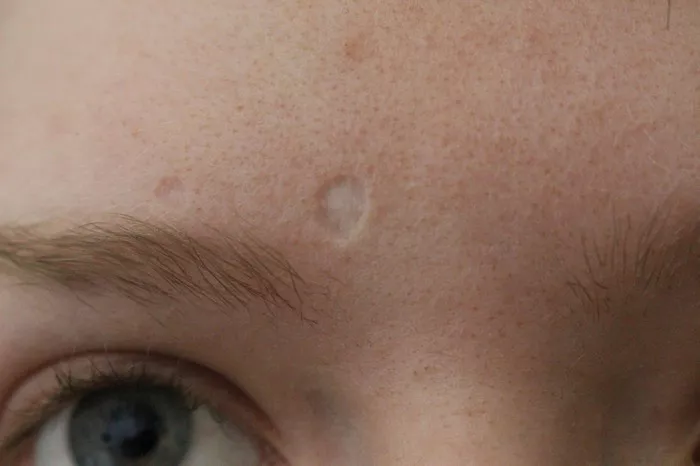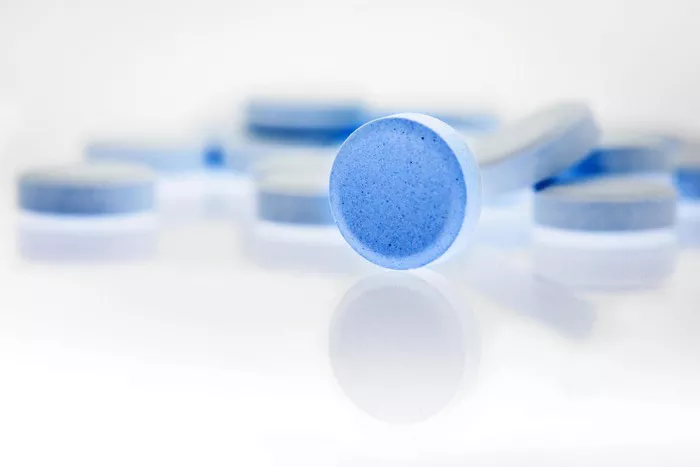Scarring is a natural part of the healing process after an injury, but the appearance of scars can often be a cosmetic concern. Scars form as the skin repairs itself after damage from cuts, burns, surgery, or other injuries. While completely preventing scars may not always be possible, there are several effective strategies and treatments that can minimize their appearance. This article explores various methods to prevent scarring, from immediate first-aid measures to advanced medical treatments.
Understanding Scarring
What is a Scar?
A scar is a mark left on the skin after a wound or injury has healed. Scar tissue is made up of collagen, a protein that the body produces to repair damaged skin. This tissue is different from the surrounding skin in texture and appearance, often being thicker, less flexible, and sometimes discolored.
Types of Scars
Hypertrophic Scars: Raised and red scars that remain within the boundaries of the original wound.
Keloid Scars: Thick, raised scars that extend beyond the original injury site. They can grow larger over time.
Atrophic Scars: Sunken or pitted scars, often resulting from acne or chickenpox.
Contracture Scars: Tightened skin that can restrict movement, commonly caused by burns.
First-Aid Measures to Prevent Scars
Immediate Wound Care
Proper wound care is crucial in the initial stages to minimize scarring.
Clean the Wound: Gently clean the wound with mild soap and water to remove dirt and bacteria. Avoid using harsh chemicals that can irritate the skin.
Stop the Bleeding: Apply gentle pressure with a clean cloth or bandage until the bleeding stops.
Apply an Antibiotic Ointment: Using an antibiotic ointment can prevent infection and keep the wound moist, which is beneficial for healing.
Cover the Wound: Use a sterile bandage or dressing to protect the wound from dirt and bacteria.
Keeping the Wound Moist
Keeping the wound moist can prevent the formation of a hard scab, which can increase the risk of scarring. Apply petroleum jelly or a specialized wound healing ointment to maintain moisture.
Avoid Picking at Scabs
Picking at scabs can reopen the wound, delaying healing and increasing the likelihood of scarring. Allow scabs to fall off naturally.
Lifestyle and Home Remedies
Proper Nutrition
A healthy diet rich in vitamins and minerals supports the body’s healing processes.
Vitamin C: Essential for collagen production. Include citrus fruits, berries, and leafy greens in your diet.
Vitamin E: Known for its skin healing properties. Found in nuts, seeds, and green vegetables.
Zinc: Important for wound healing. Sources include meat, dairy, nuts, and whole grains.
Protein: Critical for tissue repair. Ensure adequate intake of lean meats, fish, eggs, and legumes.
Hydration
Staying well-hydrated keeps the skin supple and supports the healing process. Aim for at least eight glasses of water a day.
Natural Remedies
Several natural remedies can be applied topically to help reduce the appearance of scars.
Aloe Vera: Known for its soothing properties, aloe vera can help reduce scar tissue. Apply fresh aloe vera gel directly to the scar.
Honey: Has natural antibacterial and healing properties. Apply a small amount of raw honey to the scar and leave it on overnight.
Coconut Oil: Rich in fatty acids, coconut oil can moisturize the skin and help with healing. Massage it into the scarred area daily.
Lemon Juice: Contains alpha hydroxy acids (AHAs) that can help lighten scars. Apply fresh lemon juice to the scar and rinse off after 10 minutes.
Topical Treatments
Silicone Gel Sheets and Gels
Silicone gel sheets and gels are widely used for the treatment and prevention of scars. They create a protective barrier that hydrates the skin, reduces collagen production, and softens the scar tissue.
Silicone Gel Sheets: Apply these sheets to the scar for several hours each day. They are especially effective for hypertrophic and keloid scars.
Silicone Gels: These are easy to apply and can be used on any part of the body. Apply the gel directly to the scar and let it dry.
Over-the-Counter Scar Creams
Various over-the-counter scar creams contain ingredients like onion extract, allantoin, and vitamin E, which can help reduce scar visibility.
Mederma: Contains onion extract and allantoin, known for their skin-healing properties.
Bio-Oil: Contains a blend of vitamins and plant extracts that can improve the appearance of scars.
ScarAway: Offers silicone-based scar treatment products, including gels and sheets.
Medical Treatments
Corticosteroid Injections
Corticosteroid injections are commonly used to treat keloid and hypertrophic scars. They reduce inflammation and flatten the scar tissue. Multiple treatments may be required for optimal results.
Laser Therapy
Laser therapy can reduce the appearance of scars by removing the outer layer of skin or stimulating the production of new, healthy skin cells.
Ablative Lasers: Remove the outer layer of the skin to reduce the appearance of scars.
Non-Ablative Lasers: Stimulate collagen production without removing the outer layer of the skin.
Microneedling
Microneedling involves using fine needles to create tiny punctures in the skin. This stimulates the body’s natural healing process and promotes collagen production, which can reduce the appearance of scars.
Chemical Peels
Chemical peels use acids to remove the outer layer of skin, promoting the growth of new, smoother skin. They can be effective for atrophic and acne scars.
Dermal Fillers
Dermal fillers can be injected into atrophic scars to raise them to the level of the surrounding skin. This treatment is temporary and may need to be repeated periodically.
Surgery
In some cases, surgical options may be considered to remove or alter a scar.
Scar Revision Surgery: Involves removing the scar tissue and rejoining the skin with fine stitches to minimize scarring.
Punch Excision: Used for deep scars, this procedure removes the scar and closes the area with stitches or a skin graft.
Emotional and Psychological Aspects of Scarring
Coping with Scars
Scars can have a significant emotional and psychological impact. It’s important to address these aspects as part of the healing process.
Acceptance: Understand that scars are a natural part of healing and do not define your worth.
Support Groups: Joining support groups or talking to others who have experienced similar issues can provide comfort and advice.
Professional Support
If scars are affecting your mental health, consider seeking support from a mental health professional. Therapy can help you cope with the emotional aspects of having scars.
Conclusion
Preventing scars involves a combination of immediate wound care, lifestyle changes, topical treatments, and, in some cases, medical interventions. While it may not be possible to completely prevent all scars, taking proactive steps can significantly minimize their appearance. Remember to consult with healthcare professionals for personalized advice and treatment options. By understanding the various methods available and implementing them effectively, you can improve the healing process and reduce the impact of scars on your life.
[inline_related_posts title=”You Might Be Interested In” title_align=”left” style=”list” number=”6″ align=”none” ids=”9028,9025,9022″ by=”categories” orderby=”rand” order=”DESC” hide_thumb=”no” thumb_right=”no” views=”no” date=”yes” grid_columns=”2″ post_type=”” tax=””]
































